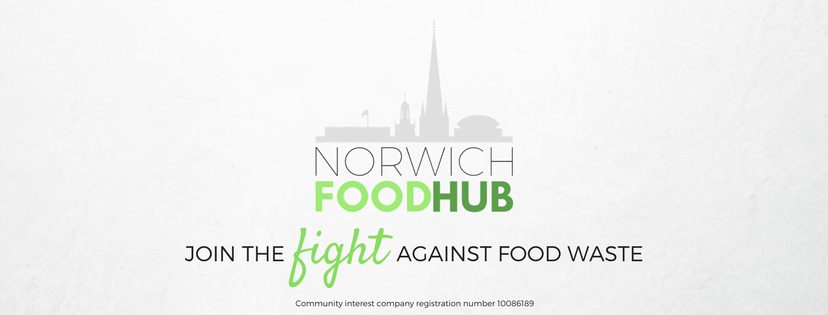
A Story of Food Waste, People and Technology.
Back in May 2016 we started off our small scale operation out of two garage sized lockups provided by Norwich City Council, collecting from a couple of Greggs stores twice a week.
Volunteers would sign up for slots on our online volunteering platform Neighbourly, complete the collections and then fill out a paper-based food-collection form which was subsequently entered onto a spreadsheet so we could measure and report on our impact.
As word got around we were soon getting more interest from people in helping out and we needed a process to ensure we knew who are volunteers were and they knew what they needed to do. We put together a Google Form to sign up new volunteers, followed up by an email with the next steps which included organising a joint collection/training session and submitting a photo to create a volunteer ID so our partner stores could verify who we were.
We were getting a lot of similar enquiries, mainly through Facebook, so we created a volunteers group on Facebook, as well as a Google Doc with a step by step guide on how to complete each collections.
With an increase in volunteers we were able to begin daily collections with Greggs, then we started twice a week with Tesco, then we set up daily with Marks and Spencer, then 3 times a week with Waitrose. By the end of 2016 we'd ensured nearly 6 tonnes of food was feeding bellies, not bins.
As an non-profit managed entirely by volunteers, scaling our operation was always going to be challenging. As our operations grew it was becoming increasingly time consuming to manage volunteers and data on food collected, so we introduced some more technology to our systems.
We replaced the food-collection form with Google Form and used a tablet so that volunteers could enter data directly into our database, saving lots of time on mind numbing data entry.
Neighbourly had worked well initially but as the number of collections escalated posting individual slots onto the system was too time-consuming, so we implemented a new online booking system for volunteers on 10to8-Appointment Scheduling so that we only had to setup each collection once and it was easier for volunteers to sign up to collections.
Alongside this we started using Zapier to automate welcome emails to volunteers following online sign up via our Google form, reducing the time spent emailing and increasing our responsiveness.
Internally we moved to Slack for team communications, integrating 10to8 and Google Forms to our volunteer coordinators channel so that we got notified every time someone new booked in a collection or a new person signed up to volunteer. This made collaboration much easier.
For our record keeping and budgeting we moved from a combination of Google Drive and spreadsheets to Receipt Bank and Intuit QuickBooks Online - which we also use in tandem with Deputy to run HR and payroll for our only part-time member of staff.
By investing time into making our operations better for volunteers and more efficient to run we are now able to offer over 60 available volunteering slots each week, across 14 stores, filled by our ever expanding volunteer base who have redistributed over 30 tonnes of food to our partner organisations to date. We've also recently moved to new larger premises to handle more food!
If you want to find out more about our work or our use of technology drop me a message.
Senior Manager at Larking Gowen
5yWow! What an incredible story!
A bit of a buy to let specialist accountant & Quickbooks UK Firm of the Future winner - Creating a new generation of Small and micro-business owner specialist advisers through our ACCA graduate training programme.
5yGlad to see all that cloud accounting knowledge is being put to good use. #qbfirmofthefuture #Receiptsbank